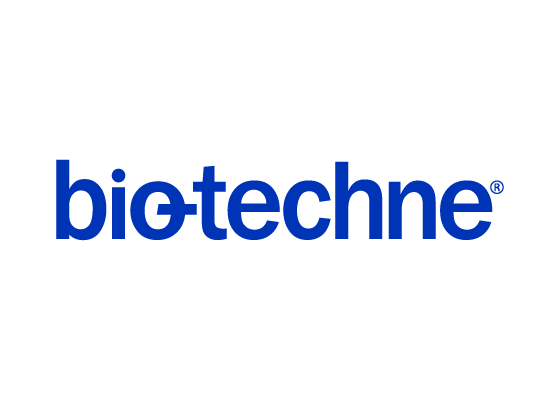Human 20S Proteasome Protein, CF Best Seller
R&D Systems, part of Bio-Techne | Catalog # E-360

Key Product Details
- R&D Systems Human Erythrocytes-derived Human 20S Proteasome Protein (E-360)
- Quality control testing to verify active proteins with lot specific assays by in-house scientists
- All R&D Systems proteins are covered with a 100% guarantee
Source
Conjugate
Applications
Product Specifications
Source
The Human 20S Proteasome protein has been purified from human erythrocytes, which have been screened and are negative for hepatitis B surface antigen, antibodies to hepatitis C virus, HIV type 1 antigens, and antibodies to HIV type 1 and 2.
Purity
Predicted Molecular Mass
Activity
Reviewed Applications
Read 1 review rated 5 using E-360 in the following applications:
Formulation, Preparation and Storage
E-360
| Formulation | Supplied as a 0.2 μm filtered solution in HEPES, NaCl and DTT. |
| Shipping | The product is shipped with dry ice or equivalent. Upon receipt, store it immediately at the temperature recommended below. |
| Stability & Storage | Use a manual defrost freezer and avoid repeated freeze-thaw cycles.
|
Background: 20S Proteasome
The 20S Proteasome is the catalytic core component of the multi-complex 26S Proteasome that selectively degrades intracellular proteins. It is commonly associated with regulatory complexes, which include the 19S Proteasome, the PA28 alpha/beta complex, or the PA28 gamma complex (1). The 20S Proteasome is composed of 28 subunits arranged into four stacked rings (2,3). The outer rings, containing seven subunits each, are composed of closely-related but non-identical alpha subunits. The amino-terminal tails of the alpha subunits form a gate that restricts substrate entry into the catalytic core. The inner rings, also containing seven subunits each, are composed of closely-related but non-identical beta subunits. The amino-terminal tails of six of the beta subunits, three per ring, have proteolytic activity. Inhibition of 20S Proteasome proteolytic core activity using small molecule inhibitors is a valuable tool for the functional study of a variety of proteins and for therapeutic intervention (4). The 20S Proteasome can be activated chemically by the addition of detergent or by the proteinaceous activator PA28 Activator alpha (5).
The Human 20S Proteasome protein has been purified from human erythrocytes, which have been screened and are negative for hepatitis B surface antigen, antibodies to hepatitis C virus, HIV type 1 antigens, and antibodies to HIV type 1 and 2.
References
- Stadtmueller, B.M. & C.P. Hill (2011) Mol. Cell 41:8.
- Kim, H.M. et al. (2011) Biochim. Biophys. Acta 1809:67.
- Xie, Y. (2010) J. Mol. Cell Biol. 2:308.
- Kisselev, A.F. et al. (2012) Chem. Biol. 19:99.
- Ma, C.P. et al. (1992) J. Biol. Chem. 267:10515.
Additional 20S Proteasome Products
Product Documents for Human 20S Proteasome Protein, CF
Product Specific Notices for Human 20S Proteasome Protein, CF
For research use only
